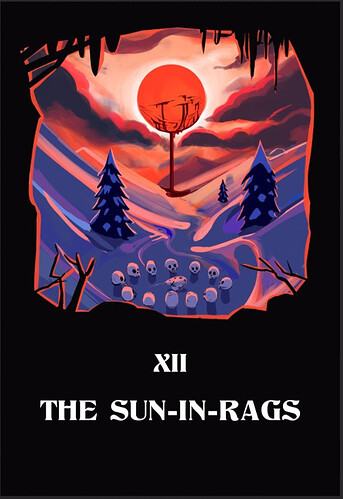Thinking About the Suppression Bureau
Investigations in the alpha happen in three stages. First, the authorities start paying Attention to your activities. This can be triggered either by the RNG or from a failed burglary. Presumably in the full game there will be a broader range of triggers. If you have a Notoriety card laying on the table, this will go into the Attention token and lead to the Suppression Bureau opening an Investigation. You can stop the Investigation by bribing them with funds or by sacrificing a follower, but if you don’t get the investigators off your back then things proceed to the third stage, the actual Trial. At the Trial, as with the Investigation, you can bribe the authorities or place all the blame on a follower. If you fail to stop the Trial you are convicted and the game comes to an end. Should the investigation end at any point short of conviction, the investigation token produces a second Notoriety card.
In true witching hunting fashion, Investigations narratively begin with “rumor squat[ting] on rooftops and flutter[ing] in gutters.” People are talking about you and it’s not good, leading the authorities to start asking questions. If there is a particularly notorious story floating around somewhere – about your Society meetings, your esoteric lectures, your outrageous behavior, your recent burglary attempt – people tell the the investigators and this leads them to begin actively digging into your activities.
As many of the things that earn you Notoriety aren’t technically illegal, you are for the most part investigated on the basis of your public reputation alone, as opposed to any specific crime. But, there might be a bit more to the Bureau’s methods than first meets the eye. Perhaps the Suppression Bureau has its own special ways of divining your guilt once you have been brought to their attention. Presumably their investigators would have access to the same books and the same dreamscape as the people they are investigating… Although the image of the Suppression Bureau as a gang of diviners is somewhat undercut by how easily you can pin all blame for your activities on a willing patsy…you’d think they’d see through such a ruse.
Anyway, regardless of whether they’re going after you on the basis of rumor or magic, it is explicit that an actual physical crime is wholly unnecessary, for the Suppression Bureau “are charged with suppressing the less usual type of criminal – the criminal whose crimes may exist only in dreams.” So thought crimes, essentially - though with the added twist that your dreams happen in an actual, objectively existing place, the Woods and the Mansus, where your private thoughts and desires have an impact outside your head. Because of this distinction, it might be better to think of these transgressions as more astral crimes, immaterial crimes, or invisible crimes. These are the crimes you commit in trying to go beyond the world’s skin, just as real as a murder or a robbery.
These immaterial crimes are also state secrets and their existence is actively hidden from the general public:
You aren’t even fully informed of the charges against you. In fact, it’s entirely possible that the judges don’t even understand what you are being accused of:
[quote=Conviction]The nature of my crimes was vague, and the trial contentious. But there was a consensus that I have done something I should not. [/quote]
It all seems to come down to whether or not there is something…off…about you. And of course there has to be something off about you in order to bring the attention of the Suppression Bureau. QED.
This is an organization that is very much a law unto itself. As suspicion is all that is really needed to establish guilt, conviction is always assured. Unless, that is, you pay, for the Bureau’s power is second only to its incredibly pervasive corruption. Their demands aren’t cheap – a single funds card is enough to keep a person in reasonable comfort for a significant period of time. But they aren’t particularly exorbitant either, costing about as much as a shopping trip to Morlands or a selection of specialty candles. Anyone with a steady and reasonably paying job, or a significant amount of inherited wealth, can easily buy them off.
There is an interesting contrast between the vast powers of the Suppression Bureau and just how easily they can be financially induced to leave you alone. These two features, its unchecked power and its unchecked corruption, are very much interlinked. The secrecy that makes the Bureau so menacing is also what ultimately makes it so ineffective. It’s the rumor based investigations, secret laws, otherworldly jurisdictions, opaque court system, and vague charges which enable the pervasive corruption that undercuts its core mission. If you can be jailed for a vague, unspoken, and secret reason, you can just as easily be let off for a vague, unspoken, and secret reason. Thus a system designed to keep occult matters hidden from the public is what allows an underground occultism to flourish.
Based on your interactions with it, I suspect that the Suppression Bureau spends most of its time blackmailing and extorting various collectors, writers, nonconformists, and dabblers, as opposed to locking up actually dangerous occultists. I’m reminded somewhat of the U.S. Prohibition Bureau, the corrupt, undermanned Federal agency that was good at raiding and shaking down speakeasies but utterly ineffective at enforcing real prohibition or combating organized bootlegging by criminal syndicates. I wonder if there is a similar dynamic at work in Cultist Simulator, with the reportedly immortal Long taking the role of occultist gangsters. It would fit the general 1920s atmosphere. Miss Morland’s shop has always struck me as having the same atmosphere as a speakeasy, from the dingy location, lack of advertising, and stated policy of never learning the patron’s names.
Maybe the Bureau will get a bit more serious when the bodies start piling up and the world’s skin begins to tear – this would make sense both narratively and in terms of difficulty. When you start off you’re just dreaming, gathering disciples, collecting books, committing minor burglaries – small stuff, really. Bigger things, like say summoning an Hour via human sacrifice, would presumably risk getting the attention of the Bureau’s top most people – the Untouchables of the Cultist Simulator world.
.
edited by Anne Auclair on 11/26/2017
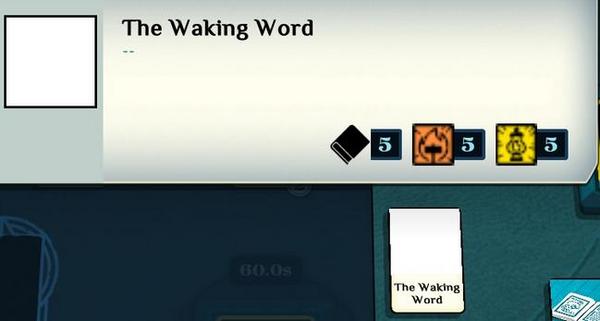



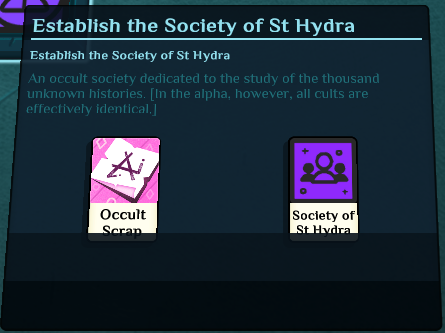
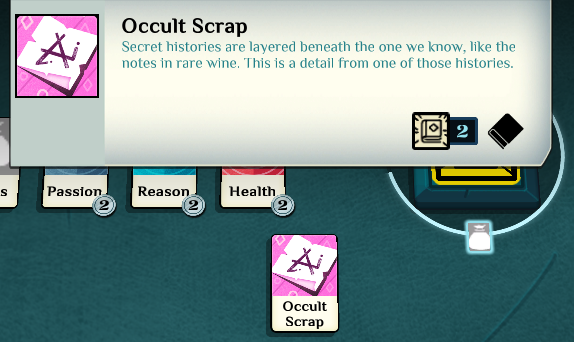

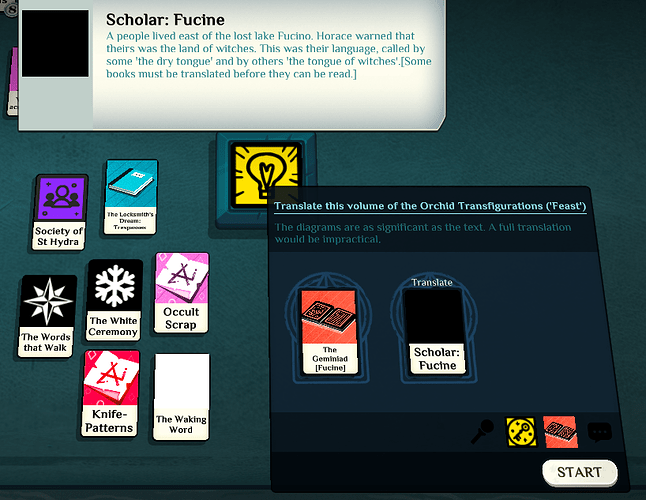
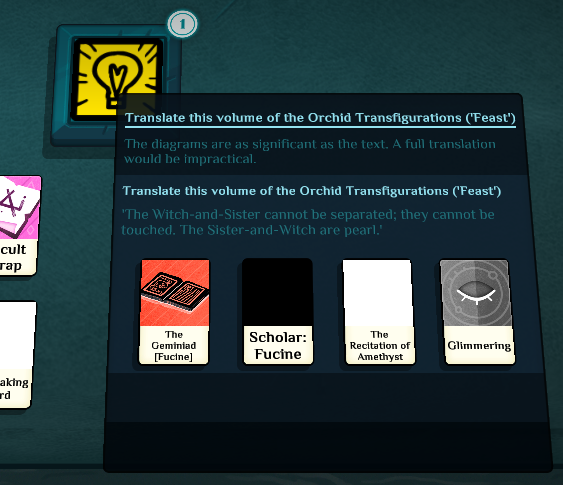
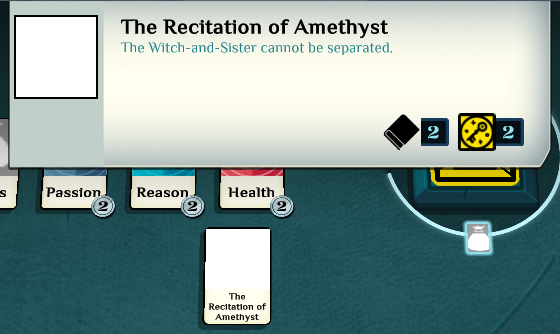
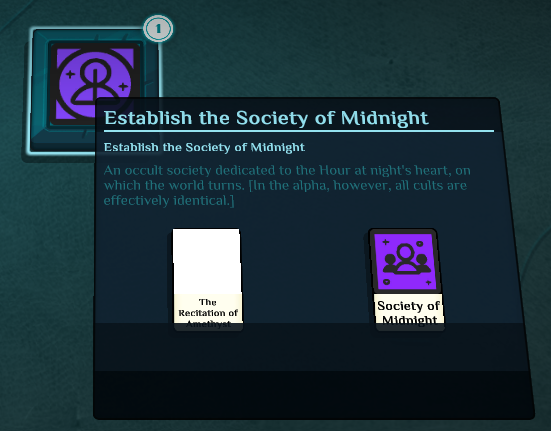
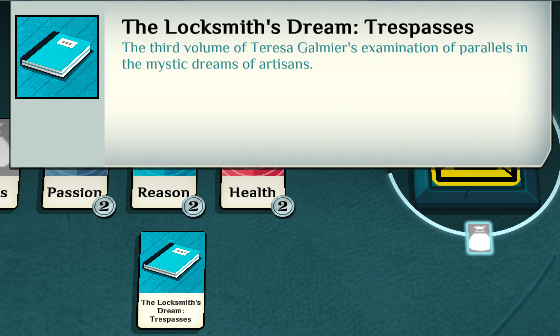
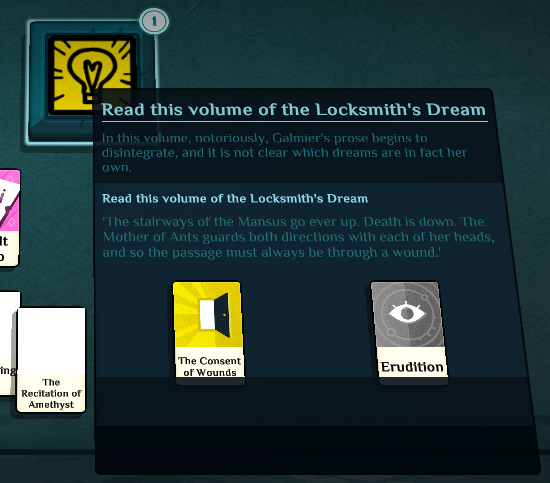
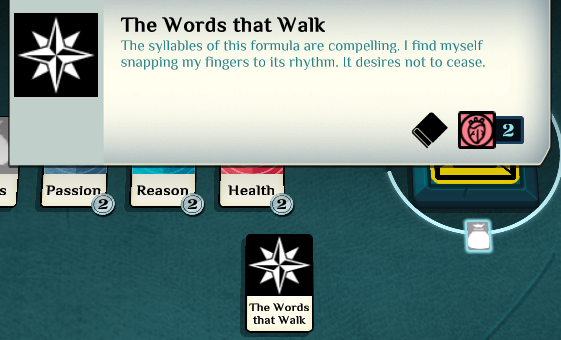
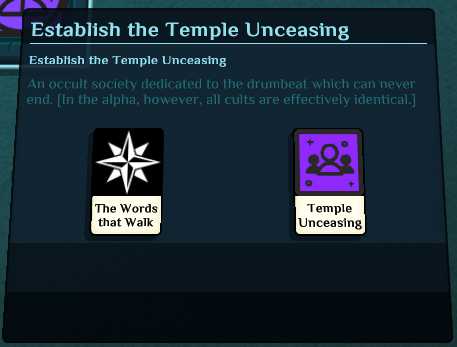
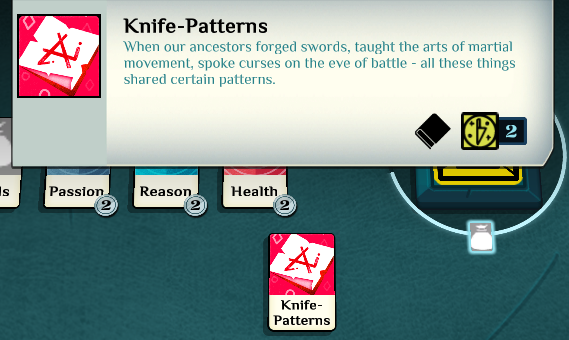
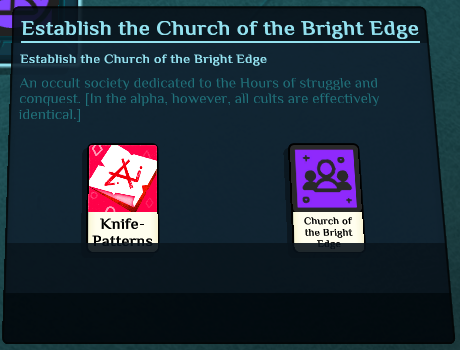
 [/quote]
[/quote]